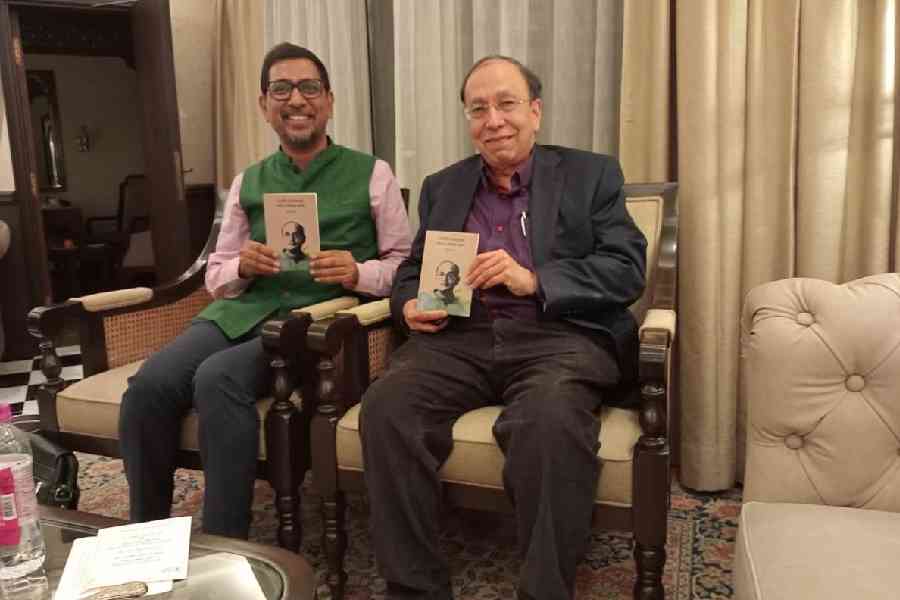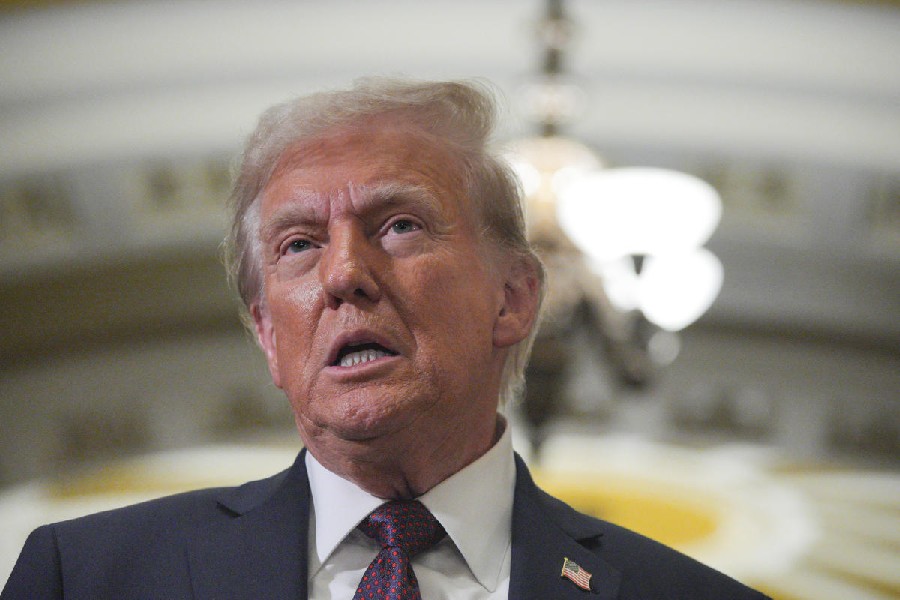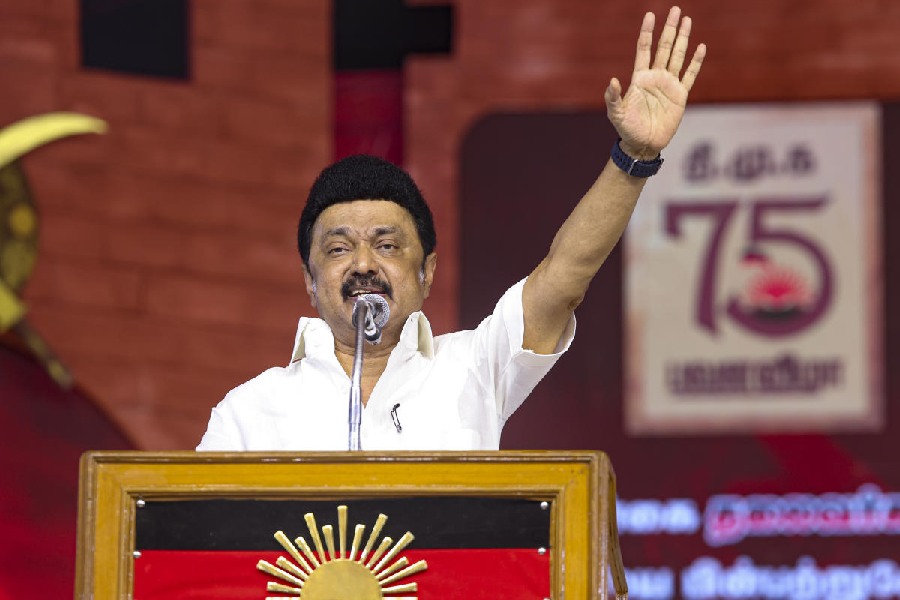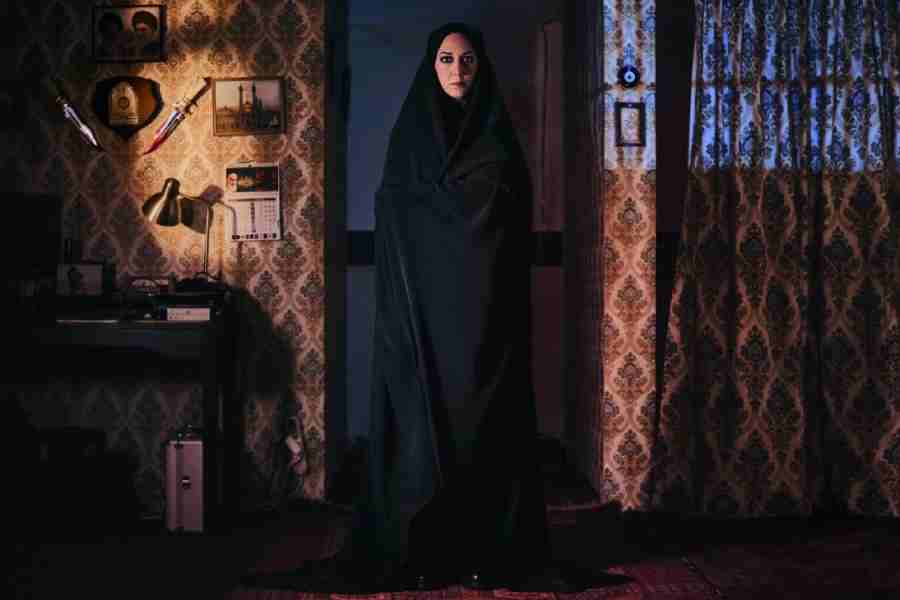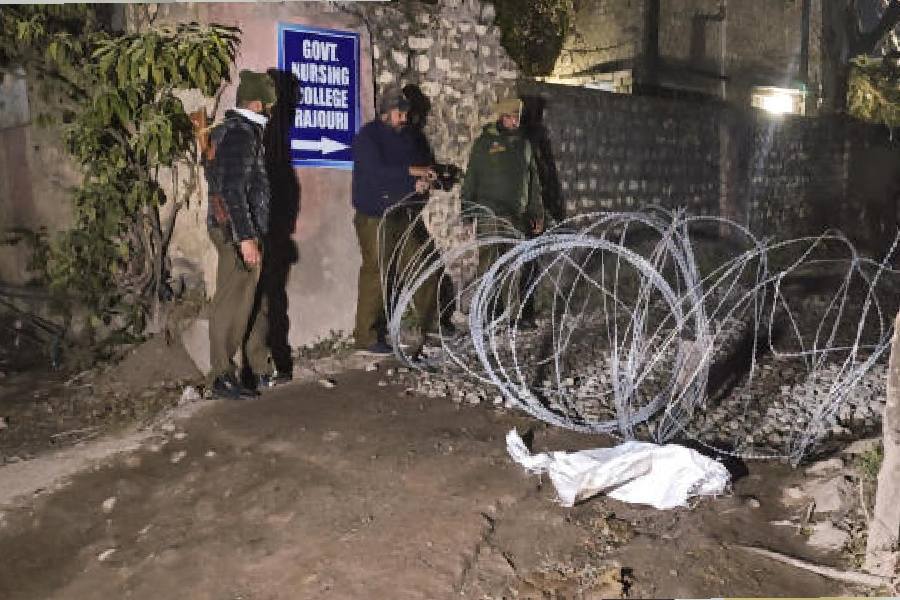Music and art, which carried the spirit of fight in pre-independent India, were significantly influenced by culture from the East and West and a cosmopolitan spirit constituted the bedrock of nationalism, historian Sugata Bose said on Thursday while delivering a lecture on “Art and Music in India’s Freedom Struggle”.
Scottish compositions influenced the patriotic songs of Azad Hind Fauz and Abanindranath Tagore’s Bharatmata paintings were equally inspired by Japanese art, Bose said to illustrate the diverse influences.
Bose, a grand-nephew of Subhas Chandra Bose and professor of oceanic history at Harvard University, was speaking at Netaji Research Bureau on Netaji Subhas Chandra Bose’s 128th birth anniversary.
“Tagore’s commitment to a different universalism and a colourful cosmopolitanism happily coexisting with patriotism led to this critic of narrow nationalism being embraced posthumously as the author of two national anthems and the influencer of a third. It is the celebration of that spirit of universality in the second verse of ‘Jana Gana Mana’ beyond the bounds of India’s national anthem that is the need of the hour today,” Bose said in his address.
The second verse says “Ohoroho Tobo Awhbhano Pracharito/Suni Tabo Udaaro Vaani/Hindu Bouddho Sikh Joino/Parosik Musolman Christaani… (Every moment your call is heard/We hear your generous message/Hindu, Buddhist, Sikh, Jain/Parsi, Muslim, Christian…).”
Bose later told Metro: “We are retreating into narrow nationalism. What I tried to say is that there was no real clash between cosmopolitanism and nationalism. There is no necessary contradiction. Tagore propagated this. I said there was a Japanese influence in our painting of Bharatmata . There had been a Scottish influence in Azad Hind Fauz’s rendition of ‘Subhas Ji’. Who wants a uniform culture? We have to celebrate our diverse culture,” Bose said.
“Since the opposite is happening, I highlighted the different strands of our freedom struggle’s tradition which was broad-minded and generous both in accepting the influences and wanting to contribute to the future of the world.”
Having learnt the Japanese “wash” technique from painter Taikan, Abanindranath Tagore painted an arresting image of the mother nation in that style.
“The painting of ‘the Asiatically conceived figure’ was at the suggestion of Sister Nivedita, retitled as ‘Bharatmata’. The iconic Swadesi image of the nation as mother was not devoid of a videshi touch,” Bose told the gathering.
In 1905, Dwijedralal Roy had set the melody of “Dhano Dhanya Pushpo Bhara” in the raga Misra Kedara, drawing on the influence of European music in which he was well-versed.
“Conservatives were naturally aghast at his creative assimilation of tunes and rhythms of the West in his music, including his patriotic songs. He was defended on this score by none other than Rabindranath Tagore. ‘Some wish to banish Dwijedralal from the domain of Indian music,’ Tagore wrote, ‘because his songs have the influence of European melodies. If Dwijendralal has awakened Indian music with the touch of the European golden wand, then Saraswati will surely bless him’,” Bose said.
Bose said the song which greeted Netaji on his arrival in Singapore on July 2, 1943, had a distinctly European influence in its tune.
The song “Subhasji Subhasjiwoh jaane Hind aagaye...” was an early indication of the musical prowess of India’s army of liberation, Bose said to rousing applause on Thursday morning.
“The celebration of India’s national greeting that Netaji gave to his country took the form of a Qawwali: Azad Hind Sena Ne Jab Netaji Ka Paigam Liya...,” said Bose.
Netaji’s idea of equality and religious harmony have been dumped in India, which believes in the persecution of minorities, said Anisa Puri in her address at the programme. She is the younger of two daughters of Lakshmi Sehgal and Prem Sehgal. The Sehgals were fighters in Azad Hind Fauz.
Guests from several countries such as Japan, Thailand and Italy attended the programme. Siblings Sourendro and Soumyajit performed in an accompanying concert.

